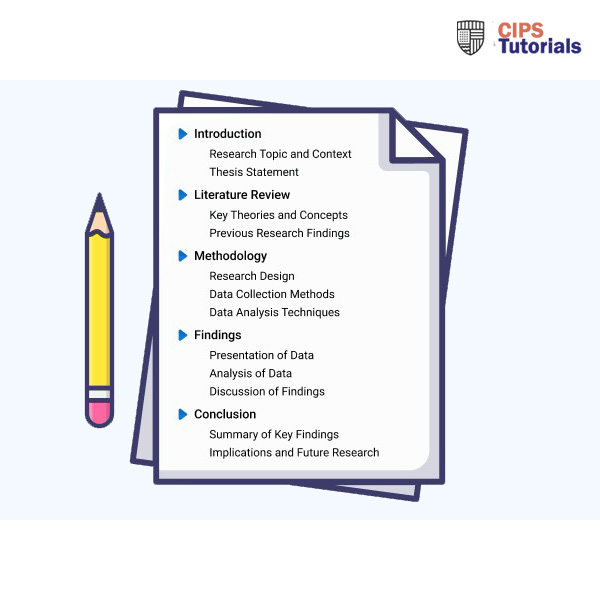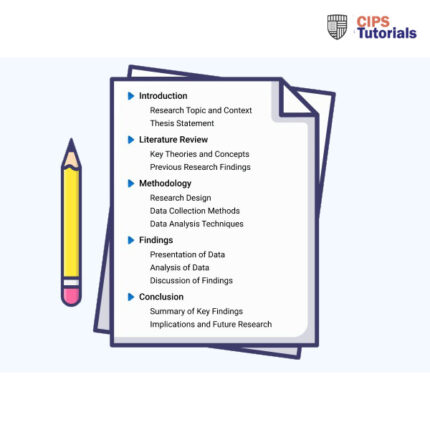-63%
Description
Related Papers
(Solution) CIPD Avado NEW 5CO01 Organisational performance and culture in practice
(Solution) CIPS Module 3 Sourcing Essentials (PSE)
In this report, the area of focus is on ROSHN’s procurement and vendor management strategies in alignment with Saudi Arabia’s Vision 2030. ROSHN, a leading real estate development company, is committed to building sustainable communities and increasing homeownership within the Kingdom. The company manages its entire development pipeline, from land acquisition to home construction and distribution, ensuring control over quality and costs. One of ROSHN’s key objectives is to achieve 70% homeownership by 2030, while promoting employment and economic growth in Saudi Arabia. The Procurement and Commercial functions at ROSHN play a critical role in achieving these goals. The Vendor Management Team (VMT) employs various strategic tools, such as Porter’s Five Forces and PESTLE Analysis, to evaluate suppliers and market conditions. These tools help ROSHN in negotiating better terms, securing reliable suppliers, and maintaining project timelines. Furthermore, ROSHN’s procurement cycle is structured to ensure compliance, cost efficiency, and project quality through a Pre-Qualification Questionnaire (PQQ) and supplier registration processes. ROSHN’s sourcing strategies, including sole, single, dual, and multiple sourcing, allow the company to manage supply risks while maintaining competitive pricing and consistent quality. The company also utilizes the Kraljic Matrix to categorize suppliers based on their strategic importance and supply risks, ensuring that critical infrastructure needs are met.
The conclusions generated lead to development of the following recommendations;
- Streamline the PQQ process to reduce onboarding time and ensure suppliers meet compliance and quality standards more efficiently.
- Cultivate long-term relationships with key suppliers for critical infrastructure projects to ensure timely and high-quality delivery.
- Use data analytics to enhance supplier evaluation, improving decision-making accuracy and reducing supply chain risks.
- Increase the use of eSourcing tools to boost competition among suppliers, potentially reducing procurement costs.
- Regularly run mini-competitions to ensure competitive pricing and maintain high service quality.
(Solution) CIPS ADNOC APGSS impact of supply chain management on corporate performance
(Solution) CIPS Advanced Level Contract & Category Management in P&S – APGM
- This business report has been used for evaluating the category and contract management in Eco2Solar Company.
- In particular, Eco2Solar operates to improve their project management (PM) and Cost Management (CM) as part of their category management has been evaluated.
- The areas of focus has included an evaluation of requirements for initiating and preparing category management, strategic and conventional sourcing process and role in contract management, tools and techniques for mapping categories of direct and indirect expenditure.
- From the findings obtained, innovative measures for improving the supply chain in light of categories and category management has been recommended.
- Further, in this business report, the contract administration and contract management in case of category management has similarly been evaluated in context of category management this is with assessment of risks and implementation of risk management techniques in contracts being reviewed in context of category management.
- In order to appreciate the best practice in category and contract management in the selected Eco2Solar construction spend area, use of quantitative and desk research has been pursued to obtain relevant data.
- Additionally, different tools have been applied such as Mendelow Stakeholders analysis, CIPS Category Management Cycle, CIPS Contract Management Cycle, Suppliers positioning, PESTLE analysis and SWOT analysis.
- Considering this business report findings, Eco2Solar need to improve their approach for risk management and efficiency and effectiveness of category and contract management.
- From these finding, the stakeholders collaboration in Eco2Solar need to be improved which can be done by embrace of blockchain technologies.
- Also, by identifying their PS&M teams training and capacity development, they would be able to improve on their category management. In the contemporary procurement environment, the training and capacity development has been noted as the best practice to manage gaps in their operations. Also, the findings indicate the need for Eco2Solar to improve their category management of their construction spend by coming up with appropriate SLA’s agreement and KPIs while ensuring they capitalise on innovativeness.
- For the project management and cost management, this being a long-term investment would require an improved auditing. This can entail embrace of analytics to analyse and present contract management data and appropriate management strategy.
- The importance of improved collaboration is ensuring stakeholders active involvement and awareness on core decisions made as this could harness their practice, contribution and suggestions noted.
- By successfully pursuing stakeholder analysis, it is important to maintain stakeholders relations which promote Eco2Solar organisation image and increase their market share.

